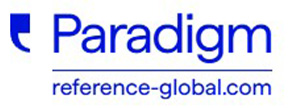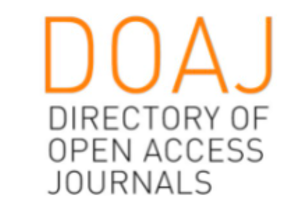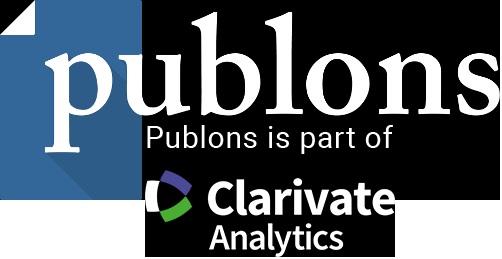TOURISTS AND LOCAL STAKEHOLDERS ATTITUDES TOWARDS OFFER AND MARKET POSITION OF TOURIST DESTINATION BUDVA
DOI:
https://doi.org/10.1515/eoik-2017-0008Keywords:
tourism, tourist destination, tourist offer, BudvaAbstract
There are various definitions of tourist destination. All of them define tourist destination as an area with specific tourist facilities and attractions, (primary and secondary elements) which tourists choose as their journey goal. Budva individually represents the largest tourist destination due to number of arrivals and overnight stays. During its life cycle Budva has gone through different phases as a tourist destination. This thesis implies that it is not enough to use only common quantitative indicator of visitor number to define proper the position of tourist destination and predict further development. This text is based on a comparative analysis of the attitudes of tourists and local stakeholders in the three field researches, conducted in the period between 2015 and 2016. The thesis comes to the conclusion that the actual growth is based on meeting the needs of existing markets and tourists. On the other side, aspect of desired market position disagrees with scores of tourist offer elements- which should be input for improvement and preparation for the next stage in the destination development.
References
Cooper C., Fletcher J., Fyall A., Gilbert D., Wanhill S., (2005) „Tourism principles and practice“, (third edition), Pearson Education Limited, Harlow, England;
Nigel E., Campbell D. And Stonehouse G (2003) „Strategic management for travel and tourism“ Butterworth-Heinemann, Oxford;
Hall C.M. (2000)“Tourism planning; Policies, Processes and Relationships” Prentice Hall, Harlow;
Jelušić M., Vujović S.(2002), „Ko odlučuje u Budvi“, Argonaut, Budva;
Magaš D. „Menadžment turističke organizacije i destinacije“, (2003) Faculty for za tourist and hotel management, Adamić d.o.o., Opatija;
Prof. dr Pasinović M. Milenko „Menadžment prirodnih i kulturnih resursa“,(2006) MTS– Bar, University „Mediterranean“ Podgorica, Bar;
Zbornik radova sa naučnog skupa na Cetinju 23-24 maj 2002. god. (2004)„Turizam Crne Gore u drugoj polovini XX vijeka“, „IVPE“ – Cetinje;
Masterplan, „Strategija razvoja turizma Crne Gore do 2020. god“.
• Baum Tom, (1998) „Taking the Exit Route: Extending the Tourism Area Life Cycle Model“, Current Issues in Tourism, Vol. 1, No. 2;
• European Commission, (2004) “Early warning system for identifying declining tourist destinations, and preventive best practices”, Venezia-Innsbruck: Enterprise Publications;
• Prof. dr. Ratković Rade (1999) „Studija razvoja turizma na budvanskoj rivijeri“
• Research project „Turistički barometar Crne Gore 2016“, Faculty for business and tourism Budva under the patronage of Ministry of science, Montenegro
• Tourist Organization of Budva: Year 2015, Report on the work
• Tourist Organization of Budva: Tourism in the Municipality of Budva between 2000- 2015.
• Statistical Office of Montenegro, Statistical yearbooks, available on the website www.monstat.org
Downloads
Published
How to Cite
Issue
Section
License
Copyright (c) 2016 Oikos Institute - Research Centre

This work is licensed under a Creative Commons Attribution-NonCommercial-NoDerivatives 4.0 International License.




















